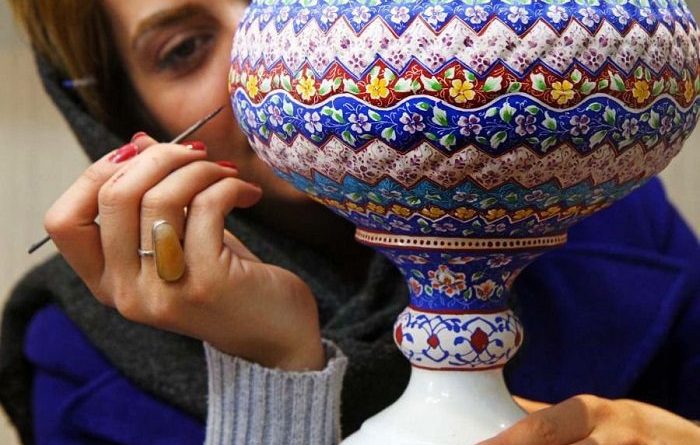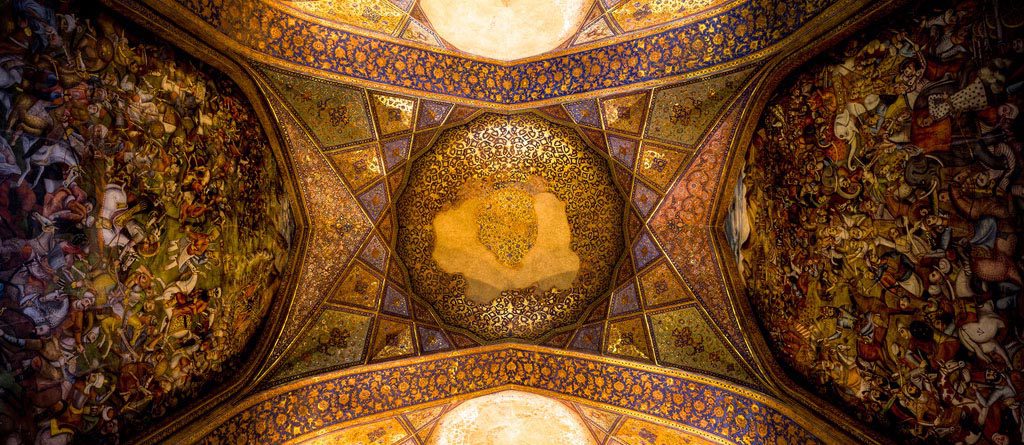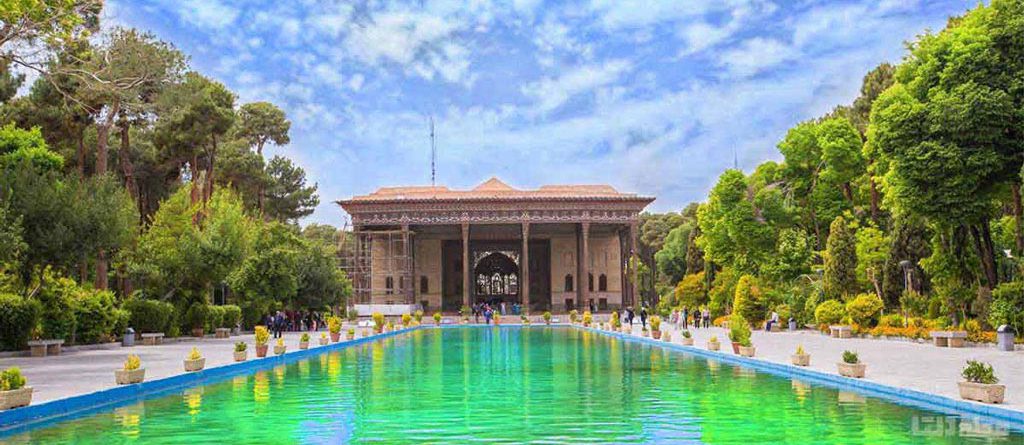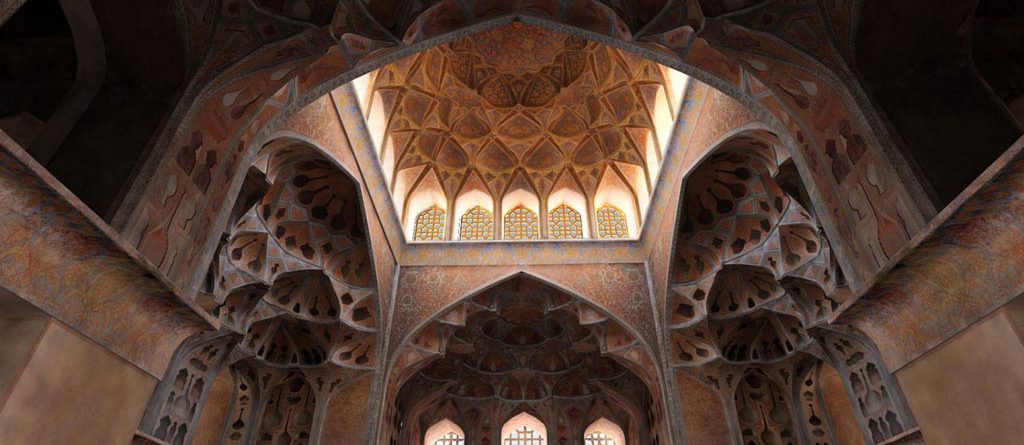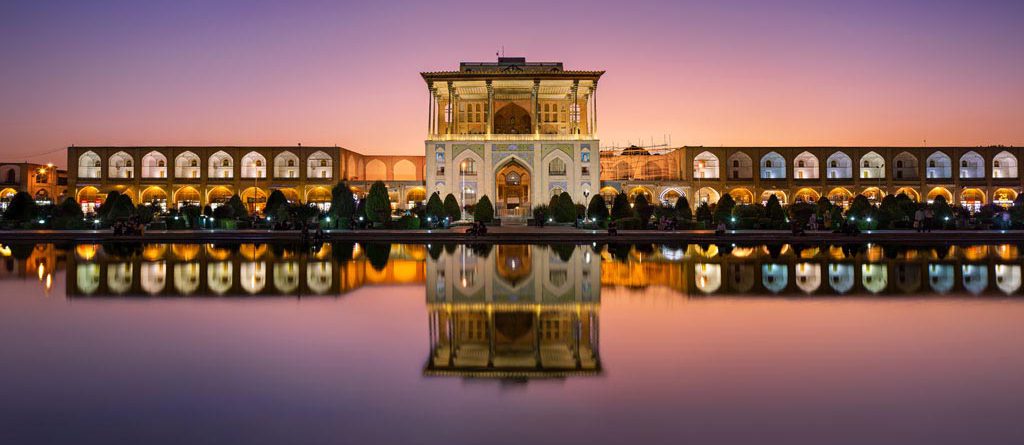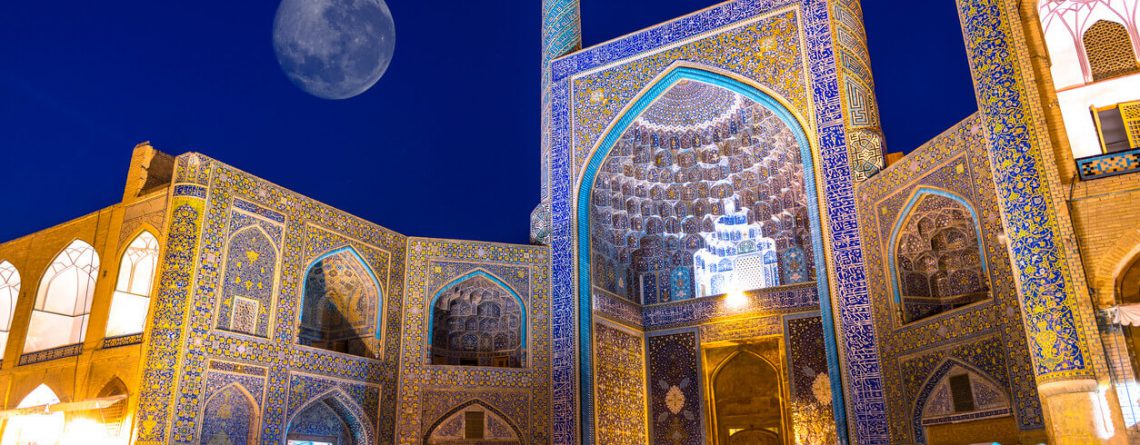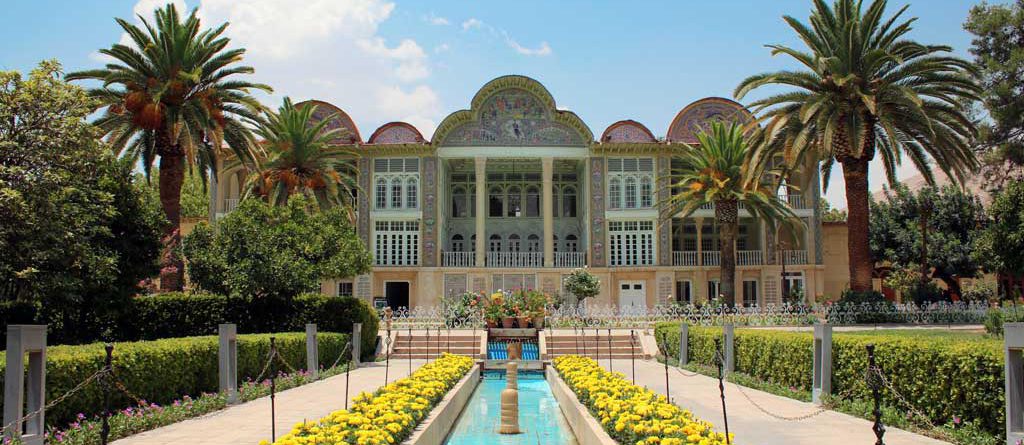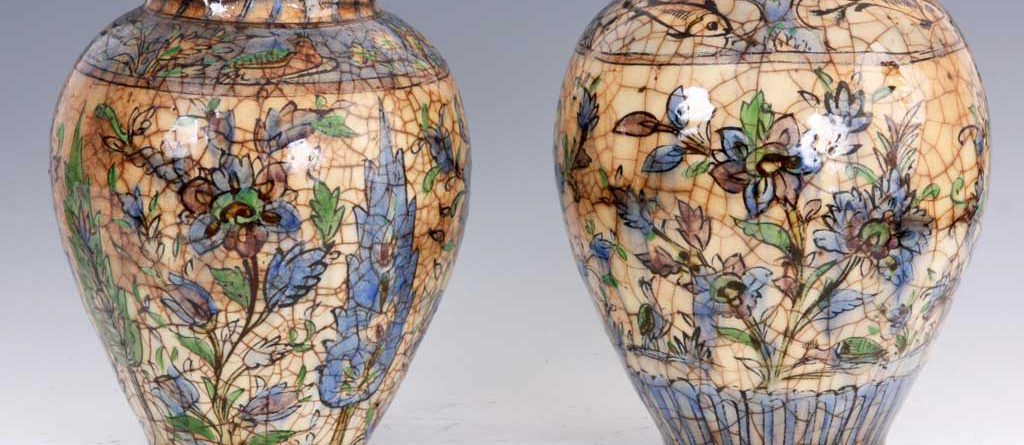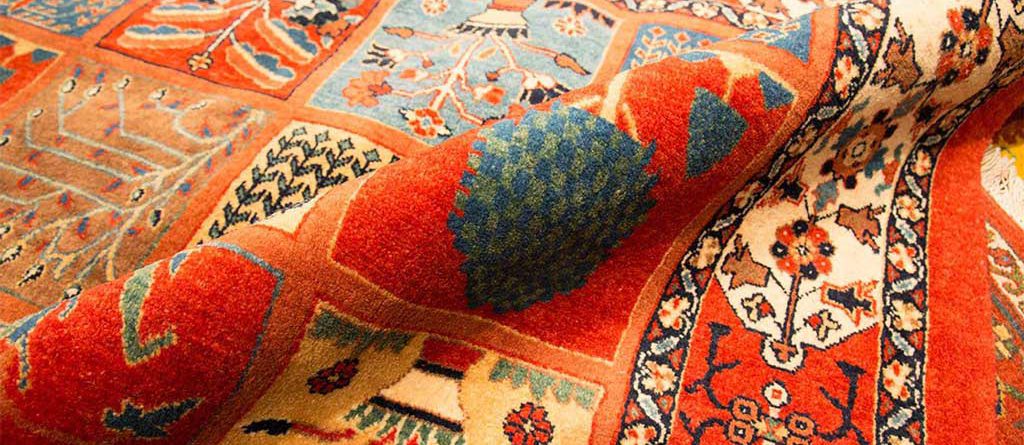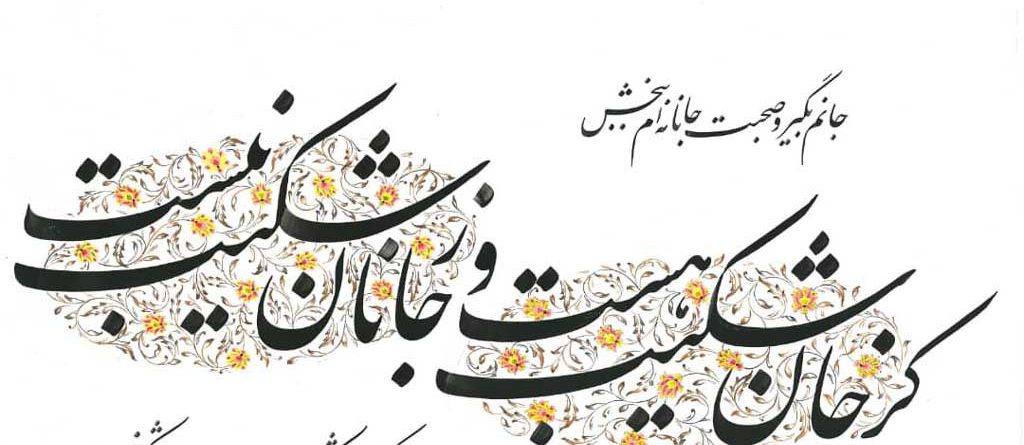Minakari: The Vibrant Art of Persian Enamel and Ceramics
Minakari is a mesmerizing art form that intricately combines the beauty of ceramics and the vibrant colors of enamel. Originating from Iran, this ancient craft has been practiced for centuries and is revered for its exquisite designs and intricate patterns. Minakari involves the meticulous process of applying colored enamel to metal surfaces, predominantly copper, which is then fired in a kiln to create stunning, durable artwork. This article will delve into the various elements that make Minakari a unique cultural...


